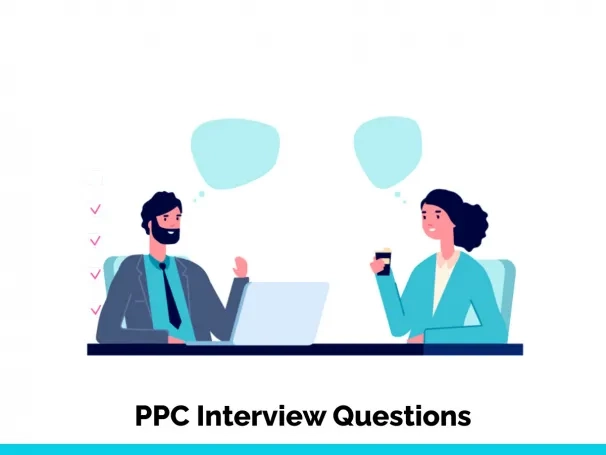Altogether, the concept of marketing is entering a new world. We can consider this as a process of digitalization. Working and earning, both can be easy jobs in the field of marketing if you are aware of the advancements in this area. PPC or Pay Per Click is one of the most emerging models of marketing. In order to understand the model, one needs to study this in detail as the whole process act as an important channel in terms of advertising. Are you one who is seeking a PPC Preparation strategy?
If yes then here we are having top interview questions based on PPC. It's not that difficult to secure a job through this but at the same time, you need to know the deals of this generation and also how the advancement of technology had made work easy. The old and traditional way of approaching customers is no longer prevalent.
Therefore everyday market researchers and developers are putting their best efforts to make things work easily along with the advancements. In order to get a job, one must learn how PPC actually works and also how this act as a medium of earning. Here are about 20 interview questions to make you all familiar with Pay per Click. (PPC). Finally, practice here the Top PPC Interview Questions and Answers for Freshers | Experienced candidates.

